430 Views
Junkyard Find: 1968 Ford LTD Sedan

by
Murilee Martin
(IC: employee)
Published: August 13th, 2018
Share
Full-sized Detroit sedans from the 1960s, cool as they are, don’t get much interest from those willing and able to take on project cars. With so many millions of these big boxy four-doors made — they were the default mode of transportation for most Americans back then, remember — plenty still sit in barns and fields and driveways a half-century later, and they continue to show up in self-service wrecking yards.Here’s my latest find: a fairly solid 1968 Ford LTD sedan, in a Denver yard.
I see plenty of Impalas and Furies and Delmont 88s in these yards, of course, but it seems that the members of the full-sized Ford and Mercury family make up the largest group of 1960s cars I see during my wrecking-yard explorations.
My grandparents drove a ’68 LTD hardtop coupe, complete with 390 engine, until the much-feared Minnesota Rust Monster consumed it at about age 8, so I have a certain affection for these cars.
The first car I remember riding in was my dad’s 1967 Ford Custom 500 two-door sedan, which was the plush LTD’s more affordable sibling. That car had a 289 and three-on-the-floor manual transmission, and it rusted to oblivion by about 1972.
This big Ford has the meaty 390-cubic-inch V8 (that’s about 6.4 liters to you freedom-hating metric system zealots), rated at 265 horsepower and enough torque to move this 3,596-pound car smartly enough. Yes, this car weighs less than a new Taurus. Hundreds of pounds less.
Four doors, smoker’s-vent windows, and a bench seat — that’s what most cars on North American roads had in the late 1960s. In non-rusty parts of the continent, you’d see full-sized Fords of this era doing daily-driver duty well into the 1990s. Front suspension components were a bit more prone to fail than those in their GM counterparts, but repairs were cheap and easy.
Three-on-the-tree manual transmissions were standard on the lesser big 1968 Fords, though nearly everyone got the automatic. In the LTD, the three-speed slushbox was standard equipment, but you could get a four-on-the-floor if you wanted (and if any of you ever sees a ’68 LTD with factory four-speed, let us know).
There’s a bit of rust in the usual spots, but not enough to make restoration very difficult… if anyone wanted to spend $15,000 to make a $4,000 LTD sedan.
{
"id": "9191606",
"alt": "",
"title": "",
"video_link": "https://www.youtube.com/embed/jP7NDdKAU0U",
"youtube_video_id": "jP7NDdKAU0U"
}
{
"width": 634,
"height": 357,
"showRelated": true
}
Due to a strike, ’68 Fords were in short supply for a while.
#1960s
#1968
#1968FordLTD
#AmericanExceptionalism
#AmericanSedan
#Colorado
#Denver
#DownOnTheJunkyard
#Ford
#FordLTD
#LTD
#Junkyard
#JunkyardFind
#LandYachts

Murilee Martin
Murilee Martin is the pen name of Phil Greden, a writer who has lived in Minnesota, California, Georgia and (now) Colorado. He has toiled at copywriting, technical writing, junkmail writing, fiction writing and now automotive writing. He has owned many terrible vehicles and some good ones. He spends a great deal of time in self-service junkyards. These days, he writes for publications including Autoweek, Autoblog, Hagerty, The Truth About Cars and Capital One.
More by Murilee Martin
Published August 13th, 2018 8:00 AM
Latest Car Reviews
Read moreLatest Product Reviews
Read moreRecent Comments
- Lou_BC Well, I'd be impressed if this was in a ZR2. LOL
- Lou_BC This is my shocked face 😲 Hope formatting doesn't fook this up LOL
- Lou_BC Junior? Would that be a Beta Romeo?
- Lou_BC Gotta fix that formatting problem. What a pile of bullsh!t. Are longer posts costing TTAC money? FOOK
- Lou_BC 1.Honda: 6,334,825 vehicles potentially affected2.Ford: 6,152,6143.Kia America: 3,110,4474.Chrysler: 2,732,3985.General Motors: 2,021,0336.Nissan North America: 1,804,4437.Mercedes-Benz USA: 478,1738.Volkswagen Group of America: 453,7639.BMW of North America: 340,24910.Daimler Trucks North America: 261,959



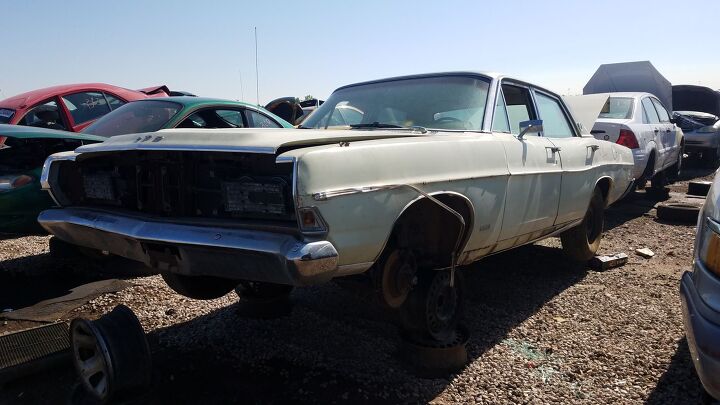
































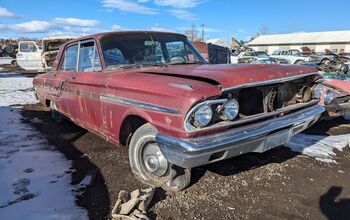
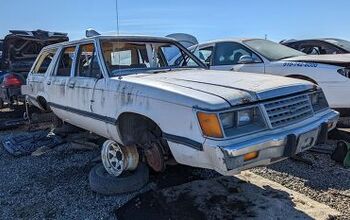
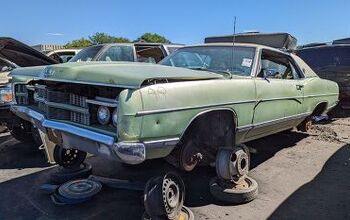
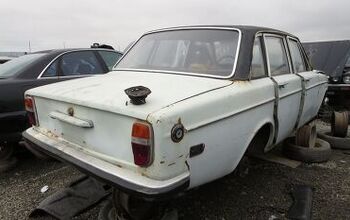
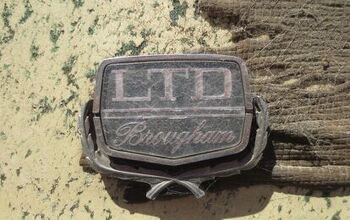
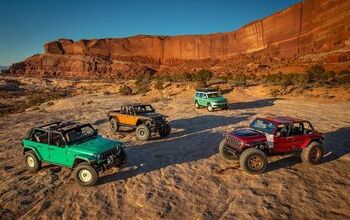

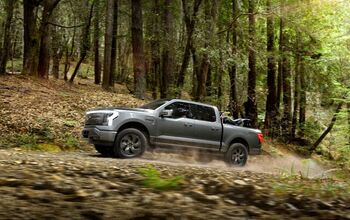







Comments
Join the conversation
I had one when I was twenty, it was very comfortable, quiet , and really went thru the snow , but at 70,000 miles it sheared it's oil pump shaft and took out the mains . I didn't have a lot of money so I scrapped it . (That was the series that had bad metal in the frame also and it was starting to have frame rot over the rear wheels - Ford had a selective recall on it if you were savvy )
Thank you for this one, Murilee--and especially for adding the photos of your family and that 67 500. My folks had 67 Galaxy Wagon (the strangely mis-named "Country Sedan") with this same engine and lots of other similarities. I learned to drive in that yacht, drove it through high school. Dad used it (again) as his DD until the early 90s. I keep waiting/hoping for a JYF on one of these someday, but for now will just continue to be delighted to see any FoMoCo iron from the 60s in these pages.